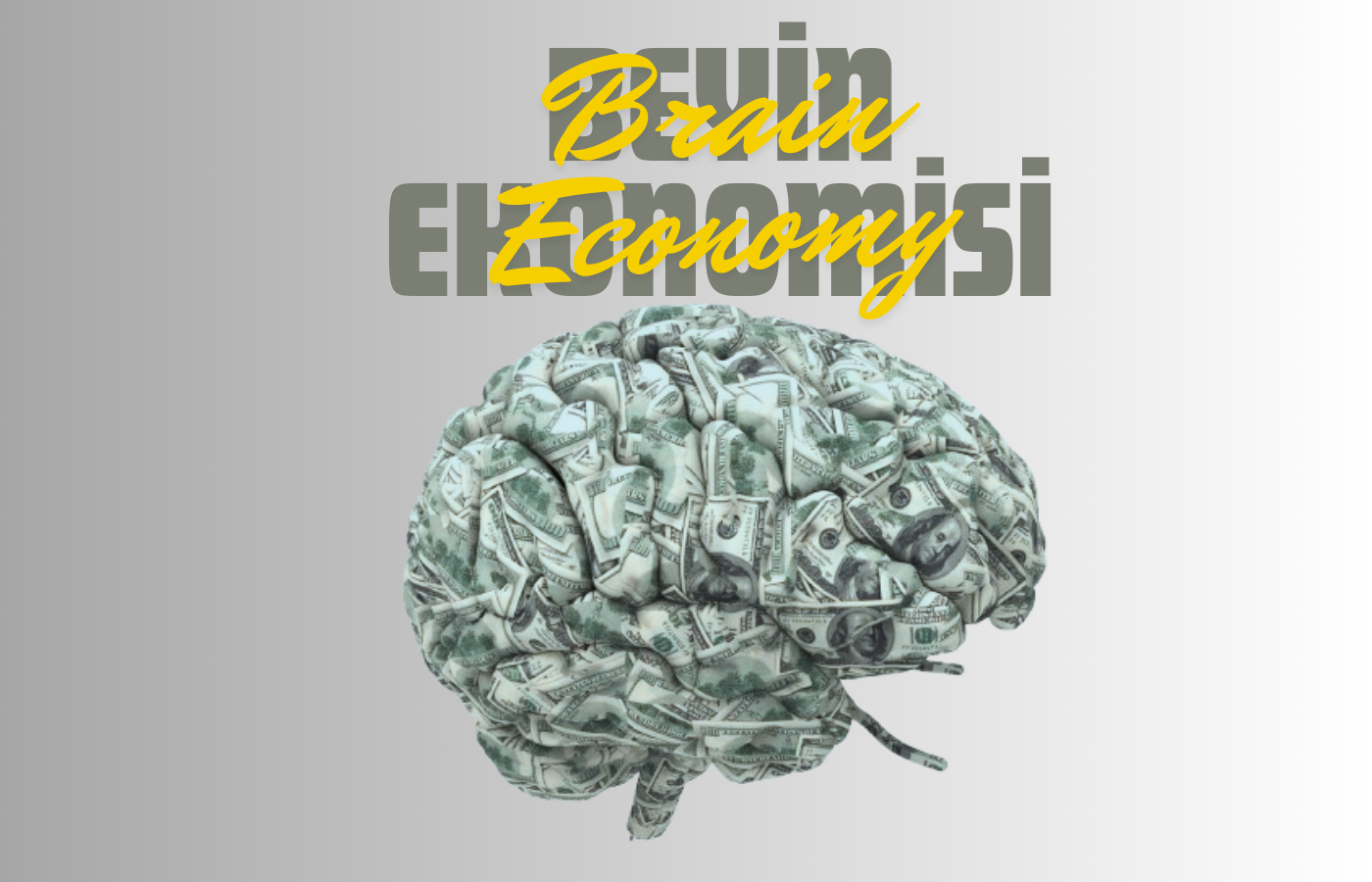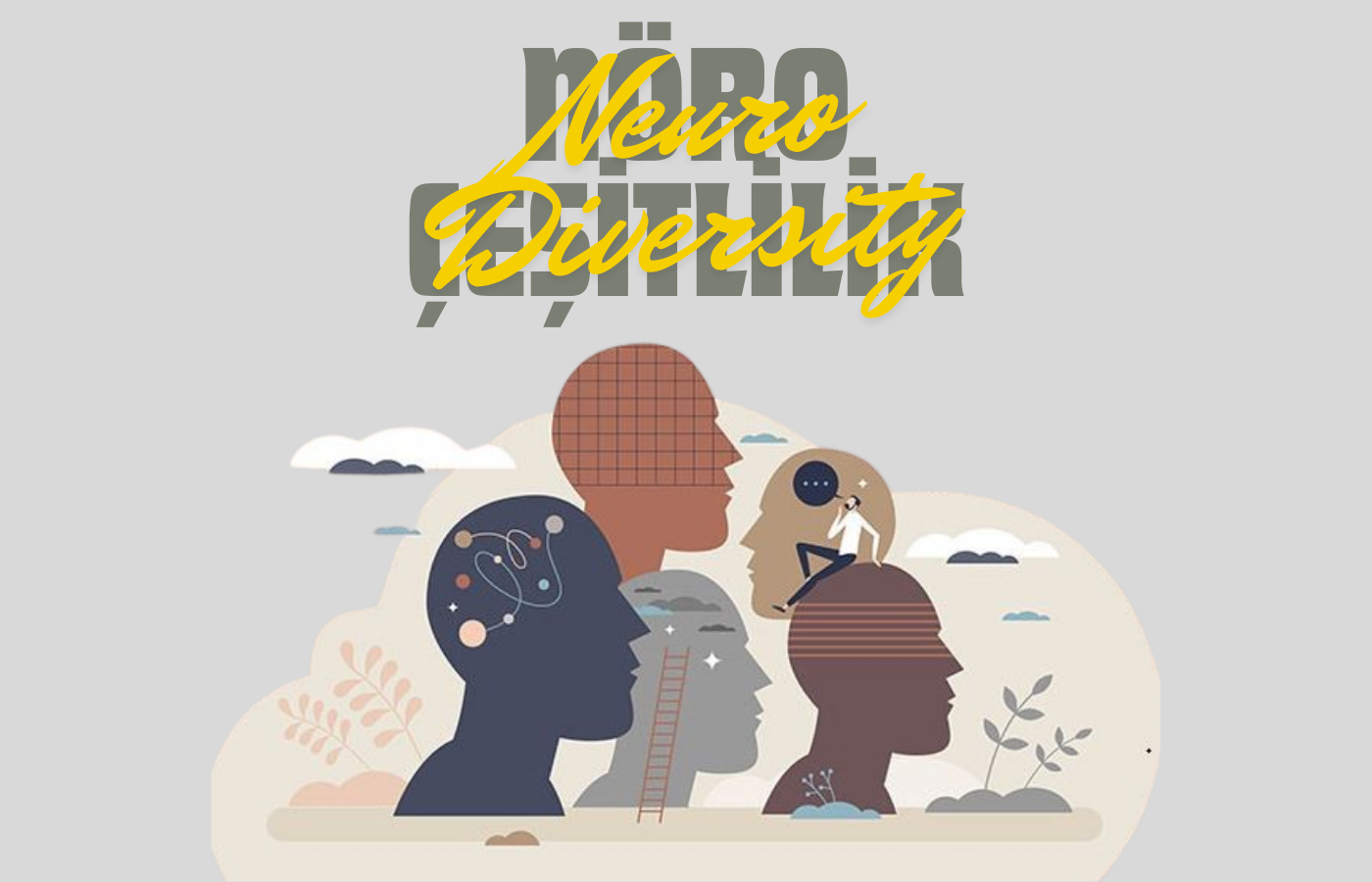
Brain Economy
Although the concept of the brain economy is associated with the brain drain and its economic impact, let me say from the outset that it is not directly related to that topic.
So what is it then?
The brain economy focuses on the capabilities of the human brain. Traits such as self-control, emotional intelligence, creativity, compassion, altruism, systems thinking and cognitive flexibility are some of the most represented. According to the OECD, these skills are critical in a digital economy that is highly dependent on good brain health. The economic impact of the lack of each of these factors has been called the Brain Economy. Considering that we are talking about an annual economic loss of 1 trillion dollars on a global scale, the importance of the issue can actually be better understood.
When the topic revolves around Brain health, it is of course impossible not to mention Stress. Stress is the capacity of the human brain to respond to threats to its survival. It is subjective as everyone perceives it differently. However, there are certain situations that tend to increase our susceptibility to stress, such as lack of sleep, excessive working hours or unhealthy lifestyles.
For example, according to reports published by the World Health Organization (WHO) and the International Labor Organization (ILO), working 55 hours or more per week increases the risk of experiencing an adverse cardiovascular event by 35%, while working 35 to 40 hours per week increases the risk of death from ischemic heart disease by 17%.
One of the consequences of a stressed brain is a disconnection of the orbitofrontal area, a region linked to decision-making. Circuits associated with emotion regulation and memory also shut down.
This supports why people who work under a lot of stress have a negative impact on their work and health due to increased levels of aggression and toxicity in their bodies.
In addition, work stress can lead to malnutrition and elevated cholesterol levels, which, like other negative habits such as sedentary lifestyles and smoking, can lead to cerebral infarction.
In organizations, the brain economy aims to reduce heart attacks and strokes, obesity and addictions, depression and anxiety disorders, as well as chronic stress and burnout syndrome.
According to data from consulting firm Gallup and the McKinsey Health Institute, distributed by the Tec Institute, the benefits of positive leadership strategies and healthy work environments include 66% fewer sick days, a 55% reduction in employee turnover, a 41% reduction in absenteeism, a 40% reduction in defective production and a 125% lower likelihood of burnout.
So how do we manage the Brain Economy?
Here is the prescription!
According to the WHO, a better working environment can be created through leadership and commitment, for example by integrating mental health into labor policies (offering mental health and employment services to companies with fewer resources), aligning labor laws and regulations with international human rights instruments, and implementing non-discrimination policies in the workplace.
Considering that the annual cost of mental illness and the resulting workforce losses to the world economy is estimated at 1 trillion dollars (source WHO), sincere steps need to be taken in this area. It is critical for a sustainable future that everyone – government agencies, companies and employees – do their part.



